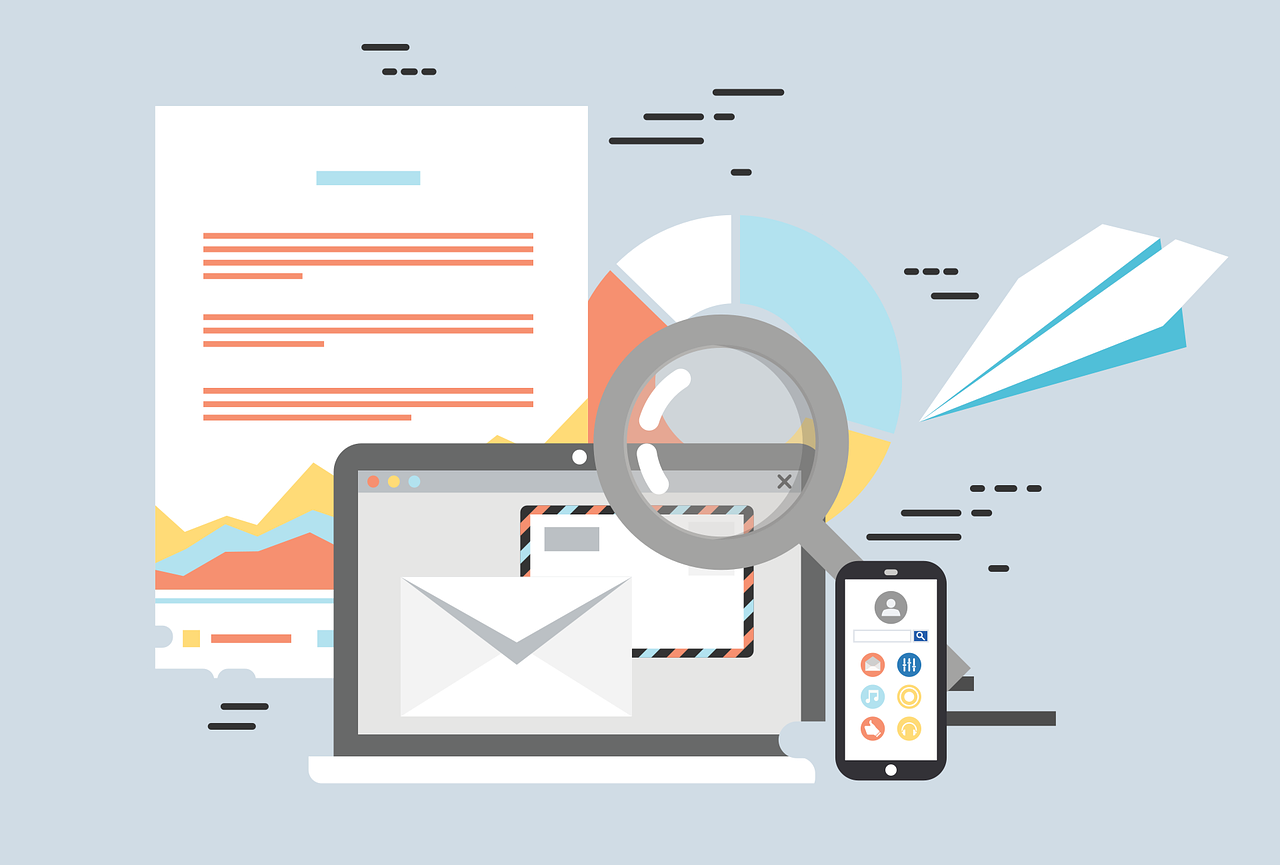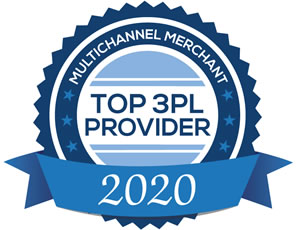
Omnichannel retail is a truly powerful business strategy. In short, it allows a business to reach more customers in more places and get more sales. To take full advantage of this approach, it is necessary to have a nimble and technologically-advanced fulfillment plan.
What is Omnichannel Fulfillment?
When a customer makes a purchase, the merchandise is located, packed and delivered from the source. In its simplest form, order fulfillment takes place at one location (the warehouse or fulfillment center) and it then shipped directly to the customer.
Omnichannel fulfillment is more complex. This approach leverages all of the retailer's options for the most efficient delivery.
How Does Omnichannel Retail Create Growth?
Customer Satisfaction
In an omnichannel model, businesses create a consistent shopping experience across all channels. By providing the customer with options, you are making it more convenient for them to buy your products. The customer gets their order as quickly as possible and has more choices to receive or return the order.
Each platform can be customized for the target group: wholesale vs. retail, deal-seekers vs. subscribing customers, free shipping vs. in-store convenience and so on. In this way, your business meets the customer in a more personalized way on their own turf.
Fulfillment is an important link in the satisfaction chain and all of these factors help enhance customer experience.
Brick and Mortar
For retailers with brick-and-mortar locations, leveraging the store location as a pickup and/or dropoff location can enhance customer experience (and sales). The customer comes to the store to pickup and order and may find another item to purchase on the spot.
Stores that might not immediately come to mind, such as Ace Hardware, have joined the move to omnichannel commerce. Ace recently added a “deliver from store” fulfillment option in select locations. At the same time, when a customer picks up in the store, it is an opportunity to view in-store marketing and displays. Even if this does not translate to an immediate sale, the increased brand awareness reinforces the relationship with the customer and plants ideas for future sales.
The same is true for returns. Providing an easy in-store location to bring returns cuts out the hassle of shipping a returned item. It brings the customer to the store for potential replacement purchases. It also cuts the retailer's cost of return shipping. Finally, it makes for a quicker refund process, which, in turn, reinforces customer satisfaction.
Online Only
Retail businesses that do not have brick-and-mortar locations can still leverage omnichannel marketing and fulfillment. For example, an online business might sell on its own site, as well as other platforms (Amazon, Ebay, Etsy etc). Some customers are attached to a particular platform, this effect is well-known for Amazon customers who prefer to purchase everything possible on Amazon to get the best prices with convenient and fast shipping. Meeting those customers on their preferred platforms give the business an edge over competitors that do not list on multiple channels.
Keeping Your Options Open
Within the fulfillment relationship, each channel may have designated rules. Orders can be accepted through the buy channel online (your business's website). Wholesale orders can be shipped to the store for replenishment. Or, an order may be bought online but picked up in the store (BOPIS).
Fast Fact: More than one-third of customers who pick their orders up in the store make additional purchases. And “superconsumers” who use BOPIS at least a couple times a year buy more items in the store 51% of the time.
To be truly nimble, your business needs to address each situation separately, but within the same automated fulfillment network. The same fulfillment house can handle bulk or wholesale orders, subscription box packing and shipping, direct-to-consumer orders, and store replenishment. Software can route these shipments behind the scenes so that you manage one interface and reach all of your customers, large and small, from this single touchpoint.
The result is a reduction in warehousing costs, more efficient shipping, higher levels of customer satisfaction, fewer backorders, and, the most important part to your business's growth, more sales.
Which Channels are Right for Your Business?
The first step is to think about the channels that you have in your arsenal.
If you have a retail store, consider ways that you can serve customers with store pickups or returns, incentives to bring folks to the store(s), and better inventory replenishment using your warehouse.
If you don't have a retail store, think about the online channels that you already have or would like to add. Which platforms could you add to reach more customers where they already are?
For a business with high wholesale volume, you might consider whether multiple warehouses can better serve your B2B customers. Combine this with solid forecasting to avoid last-minute shipping charges but still avoid backorders. On the other hand, B2C business models might want multiple inventory locations to deliver more quickly to customers. Or they might use multiple platforms to reach customers quickly. For example, devoting some inventory to Fulfillment by Amazon helps you reach Prime customers (a huge contingent) while still keeping the main supply at your warehouse.
Are You Ready for Omnichannel Fulfillment?
Talk to your fulfillment partner about your omnichannel strategy. Make sure your 3PL can integrate your marketing channels into their software. Clunky approaches like manually entering orders from other platforms will cause delays and gaps in the customer experience. Sprocket Express integrates with every platform and can make your fulfillment process appear completely seamless to the customer. And that automatically improves their experience.
Fulfillment businesses are built on their technology. By combining the best pieces of software for each tasks, a “best of breed” approach supported by in-house programming is our solution to provide the best fulfillment service to every client, regardless of their platforms or shipping models.
Business Tips and Industry News
For more news and tips on all things business and e-commerce, visit our e-zine. Our e-zine is also available as an rss feed.



